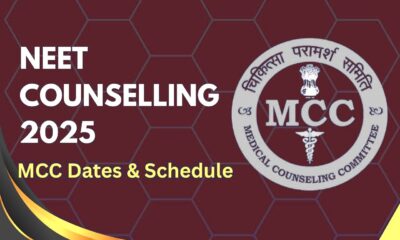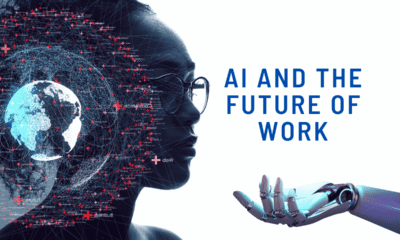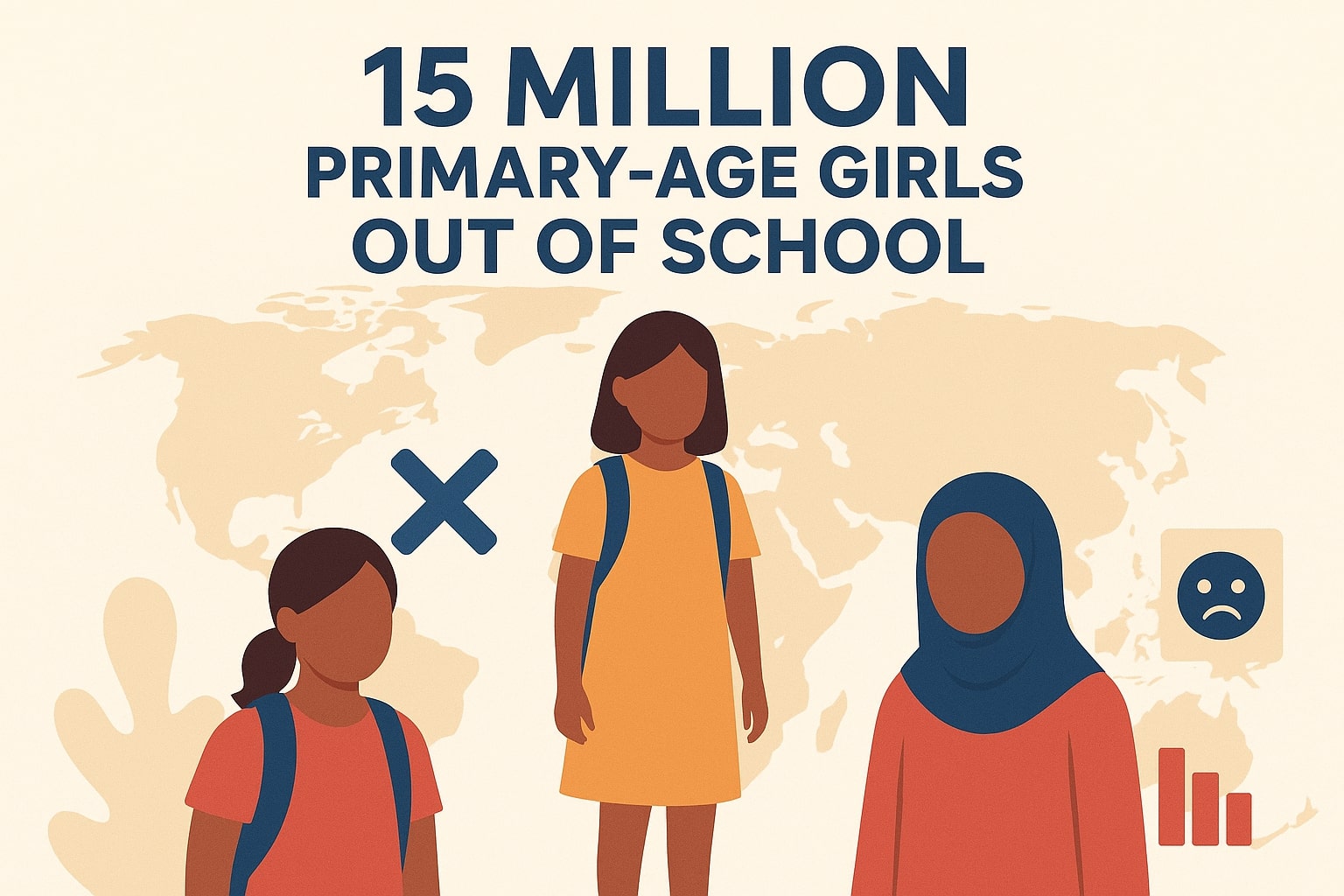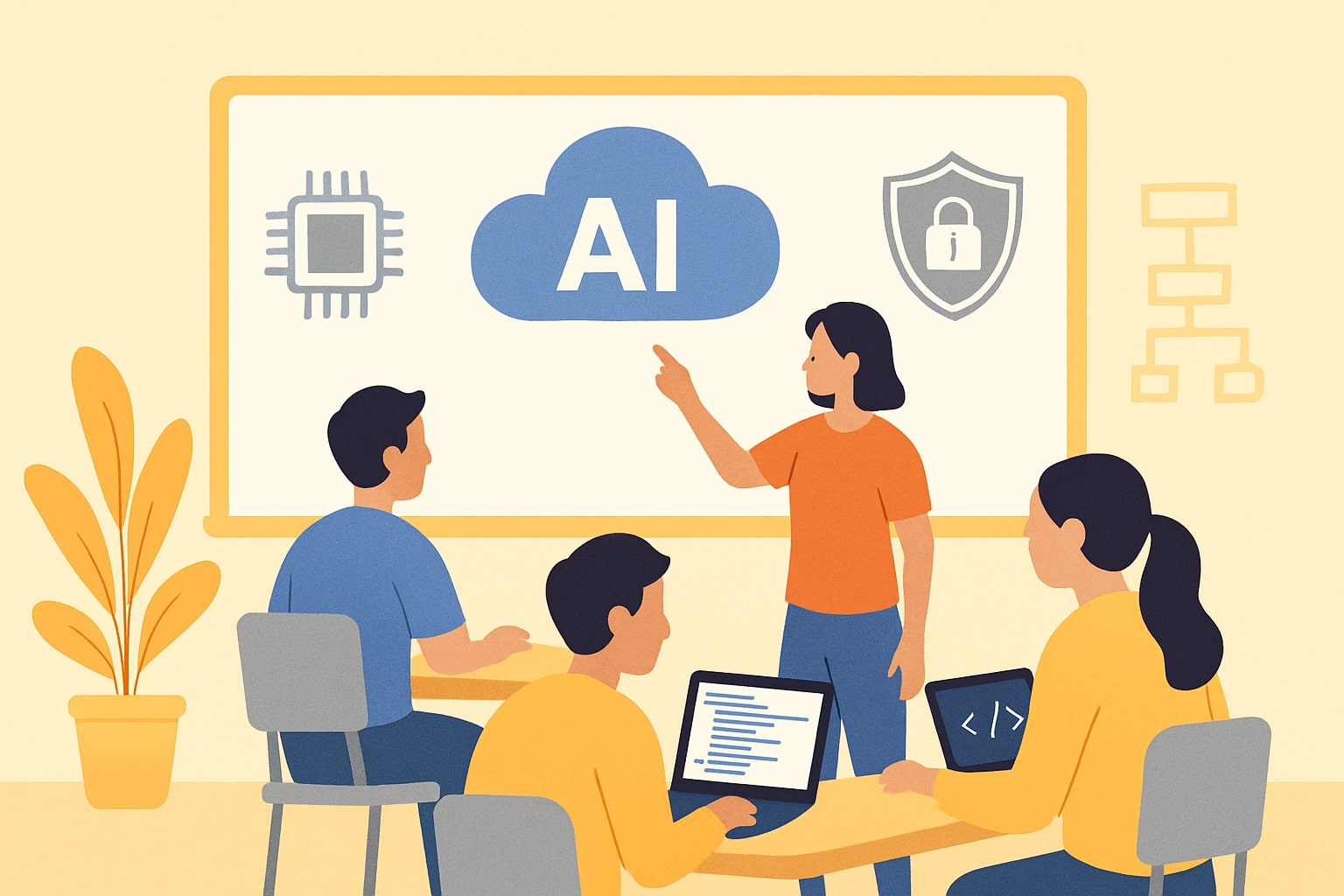Research
India Launches World’s First Traditional Knowledge Digital Library: A Milestone in AI-Driven Healthcare Innovation
On July 12, 2025, India unveiled the world’s first Traditional Knowledge Digital Library (TKDL) in collaboration with the World Health Organization (WHO), marking a revolutionary step in AI in healthcare. This AI-powered digital repository safeguards ancient medical systems like Ayurveda and Yoga while integrating them with modern technology through platforms like the Ayush Grid. As biopiracy prevention and digital healthcare take center stage, India sets a global benchmark for traditional medicine innovation.
-

 Tech4 months ago
Tech4 months agoGoogle’s Gemini AI Pro Plan for Indian Students: A Game-Changer for Academic Success
-

 Bihar4 months ago
Bihar4 months agoPatna University Prepares for Major Relocation
-

 Results3 months ago
Results3 months agoUGC-NET June 2025 Results: Detailed Breakdown of Candidate Performance
-

 Admissions3 months ago
Admissions3 months agoNEET UG 2025 Round 1 Counselling Begins Today
-

 Results4 months ago
Results4 months agoUGC NET June Result 2025 by NTA, check result date here
-

 Education4 months ago
Education4 months agoCBSE Enhances STEM Teacher Training to Promote Critical Thinking in Classrooms
-

 Education3 months ago
Education3 months agoAI and the Future of Work: Are Half of White-Collar Jobs Really at Risk?
-

 Business3 months ago
Business3 months agoThis is how you dress for a job interview, and land an offer











